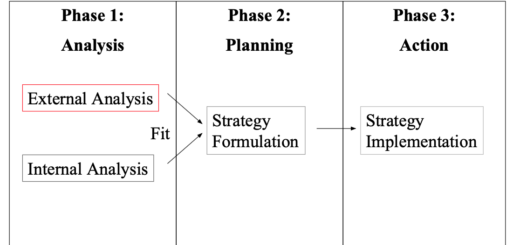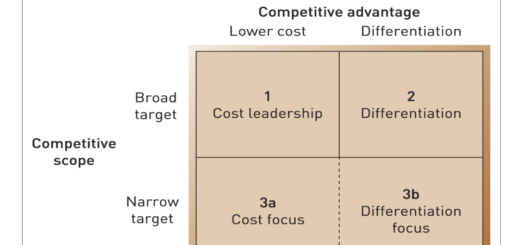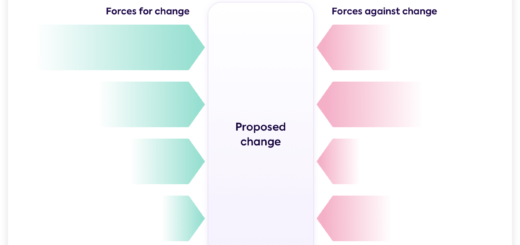Management and Leadership Grid – Blake and Mouton
The Blake and Mouton Managerial Grid, also known as the Leadership Grid, was developed by Robert R. Blake and Jane S. Mouton in 1964. It is a framework that helps managers and leaders understand their leadership styles by plotting their concern for task accomplishment (task-oriented behavior) against their concern for people (people-oriented behavior). The grid consists of five major leadership styles, as described below:
- Impoverished Management (1,1): Low concern for tasks and low concern for people. Leaders with this style tend to avoid taking responsibility, have minimal involvement in decision-making, and generally exert little effort in managing their teams. This often results in low team morale, poor performance, and an unsatisfying work environment.
- Task Management (9,1): High concern for tasks and low concern for people. These leaders focus primarily on achieving goals and meeting deadlines, often at the expense of their team members’ well-being and job satisfaction. While this style may result in short-term task accomplishment, it can lead to high staff turnover and low morale in the long run.
- Country Club Management (1,9): Low concern for tasks and high concern for people. Leaders with this style prioritize the comfort, happiness, and well-being of their team members, often neglecting task completion and organizational goals. This can result in a friendly work environment but may also lead to low productivity and poor performance.
- Middle-of-the-Road Management (5,5): Moderate concern for tasks and moderate concern for people. These leaders strive for a balance between task accomplishment and people satisfaction but often fail to excel in either area. This approach can lead to average performance but may not foster exceptional results or high levels of team satisfaction.
- Team Management (9,9): High concern for tasks and high concern for people. This leadership style promotes both task accomplishment and employee satisfaction. Leaders with this style work collaboratively with their teams, set clear goals, and provide support and resources needed to achieve those goals. This approach often results in high levels of productivity, employee satisfaction, and long-term organizational success.
The Blake and Mouton Managerial Grid serves as a useful tool for leaders to identify their current leadership style and consider how they might adapt their approach to better meet the needs of their team members and organization.




